Washing machine pressostat: all about the water level sensor
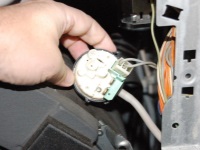
Most washing machine users are not interested in the device of the machine and the parts inside. When a machine, whether Bosch, LG or Ardo, breaks down, they call a technician to fix the problem quickly. If for any reason the owner of the washing machine wants to fix it on their own, they first need to understand the principles of the device.
In many cases, the malfunction can be associated with the pressostat, so for self-repair it is important to know what this part is, what its failure leads to and whether it can be repaired.
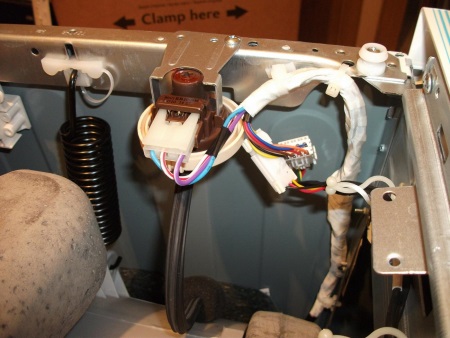
What is it?
Such a detail as a pressostat, there is in any automatic washing machine, whether it is a technique of the brand Electrolux, Samsung, Indesit, Zanussi, Ariston, Candy or any other manufacturer. The main function of this element in the washing machine is to determine the presence of water in the tank and its level. That is why the second common name of such a part is the "water level sensor".
Without the pressostat, the control module of the machine would not be able to determine whether the tank is filled and how much water is already inside the machine. In addition, different programs require different amounts of water, which must also be regulated by the pressostat.
The sensor itself is a rounded small piece of plastic with wires connected to it. Also a tube from the high-pressure tank goes to the pressostat.
The principle of the pressostat is that once the water has been drawn in, the pressure in this tank rises, which causes the contacts in the relay to close or open.



Setting
For the correct operation of the level sensor, it should be adjusted, but this is not the concern of the owner of the washing machine, but of the manufacturer, as the adjustment is made and checked at the factory. However, there are situations when the owner of the equipment wants to change the settings of the pressostat. This can be done by tightening the adjustment screws on the part.
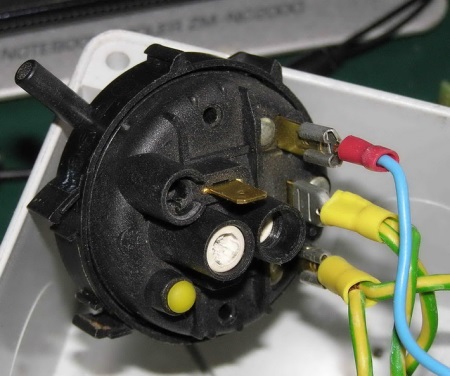
What factors could indicate a malfunction?
The following symptoms indicate that a washing machine malfunction may be caused by a problem with the pressostat:
- Water has failed to accumulate in the tank and the machine has started washing. The consequence of such a situation is usually a burnout of the heating element, since the heater must work in water.
- There is insufficient water in the tank.
- The machine has overflowed with water.
- The washing has finished and the water is still in the tank, so you have taken the wet laundry out of the machine after spinning.
- The rinse cycle does not start.
- You can smell the smell of burning coming from the tank.

Check for signs of malfunction
If you suspect that the water level sensor is malfunctioning, don't rush to replace it with a new one right away. First, check whether it is indeed the pressostat that is malfunctioning. To do this, remove the part from the machine, previously unplugged. Usually this sensor is located on the side wall of the machine closer to its top. So your first action should be to disconnect the top cover.
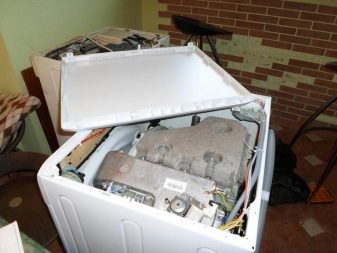
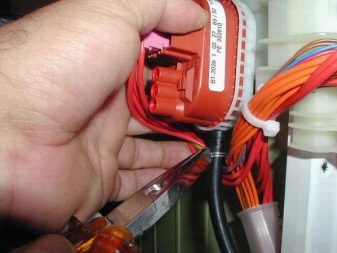
After unscrewing the bolts that hold it in place, slide the cover away from you and remove it. The sensor mount uses 1-2 bolts, which you will have to unscrew. You also need to disconnect the contacts and the hose from the pressostat by unscrewing its clamp using pliers.
After that, check the sensor using a hose about 10 centimeters long, whose diameter should be the same as that of the tube removed from the pressostat. Put one end of this hose on the inlet fitting, and blow into the other end while holding the pressostat to your ear. You should hear a few clicks (one to three, depending on your washing machine) indicating that the sensor is working. If there is silence inside the pressostat, then it is not working.
You can also use a multimeter to check, with which you should measure the conductivity. If the pressostat is working, it will change as the air pressure increases.
Repair
Removing the pressostat from the washing machine, the first thing to do is to see if the sensor itself is damaged, as well as to assess the integrity of the hose. In addition, it is important to check whether there is no blockage inside the tube. Replace the damaged tube with a new one, and if it is clogged, it is necessary to perform its cleaning. Next, inspect the pressostat contacts and, if necessary, clean them.

Replacing with a new one
If you are convinced that the level sensor is indeed defective, it will have to be replaced with a new part. You can buy a new pressostat at a regular store or on the Internet. You only need to know the make and model of your washing machine, or look at the number on your non-working pressostat.
Installing a new sensor is simple enough. First, a tube is put on it, then the contacts are connected, and then the pressostat is installed in its place in the washing machine. Next, all that remains is to start the machine and check whether the new sensor works.
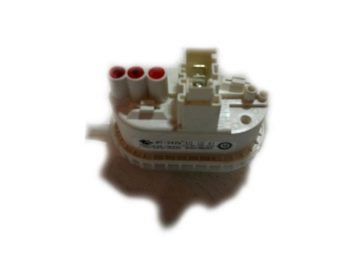
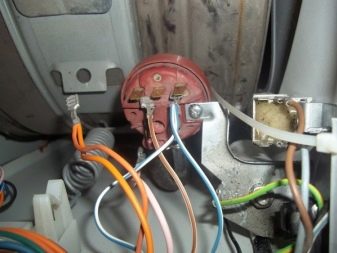
You can read more about how the pressostat works in this video:




